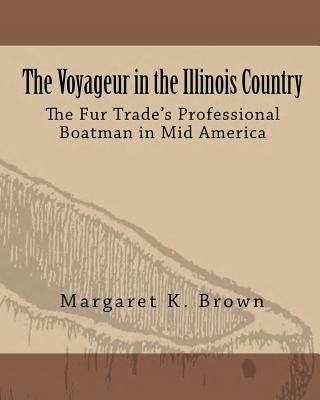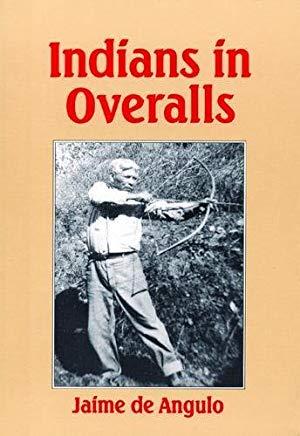
Brown, Margaret Kimball
product information
description
igure in our imaginations, so much so we often overlook the reality of his profession: it was a job. Margaret Brown looks at the business end of being a waterman in the remote French settlements of the Illinois Country in the mid-18th century; she presents her picture of the voyageurs' world from the perspective offered by the contracts, debts, and inventories they left behind. But there is still room for danger and adventure, to be sure: hunger, hardship, captivity, escape, and sudden death punctuate their workday-world. This story of the Illinois Country voyageur is gleaned largely from an assemblage of some 7000 unsorted and mostly unpublished French documents and records known collectively as the Kaskaskia Manuscripts. Few people are as familiar with this collection as Dr. Brown, who (along with colleague Lawrie Cena Dean) has worked with this and other caches of French Illinois records for years. The Voyageur in the Illinois Country expands our knowledge of other aspects of life in the French Midwest beyond the fur trade. Three complete inventories of household goods are presented and discussed. We learn a few things about the watercraft in use locally (not the romantic birch bark canoe, incidentally). We also learn that French/Indian relations were not always as cordial as popular history often paints them to have been. Above all, we see a little more of the voyageur than the swashbuckling canoe man of our imaginations.
member goods
No member items were found under this heading.
Return Policy
All sales are final
Shipping
No special shipping considerations available.
Shipping fees determined at checkout.







